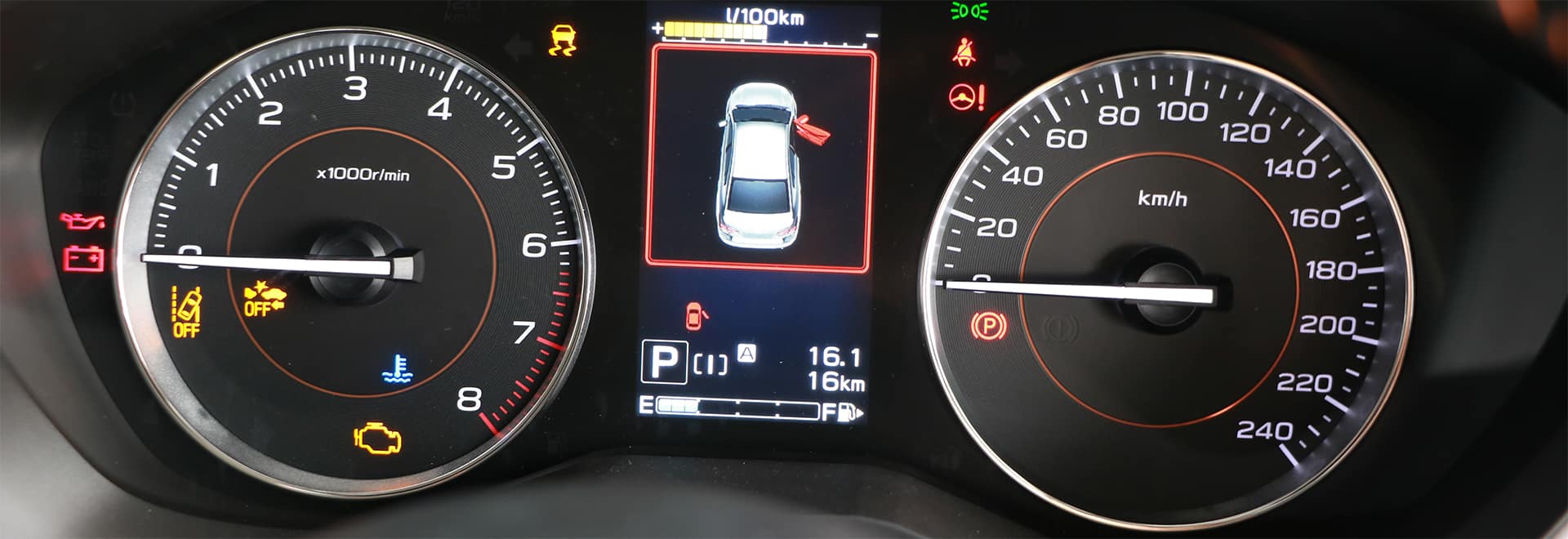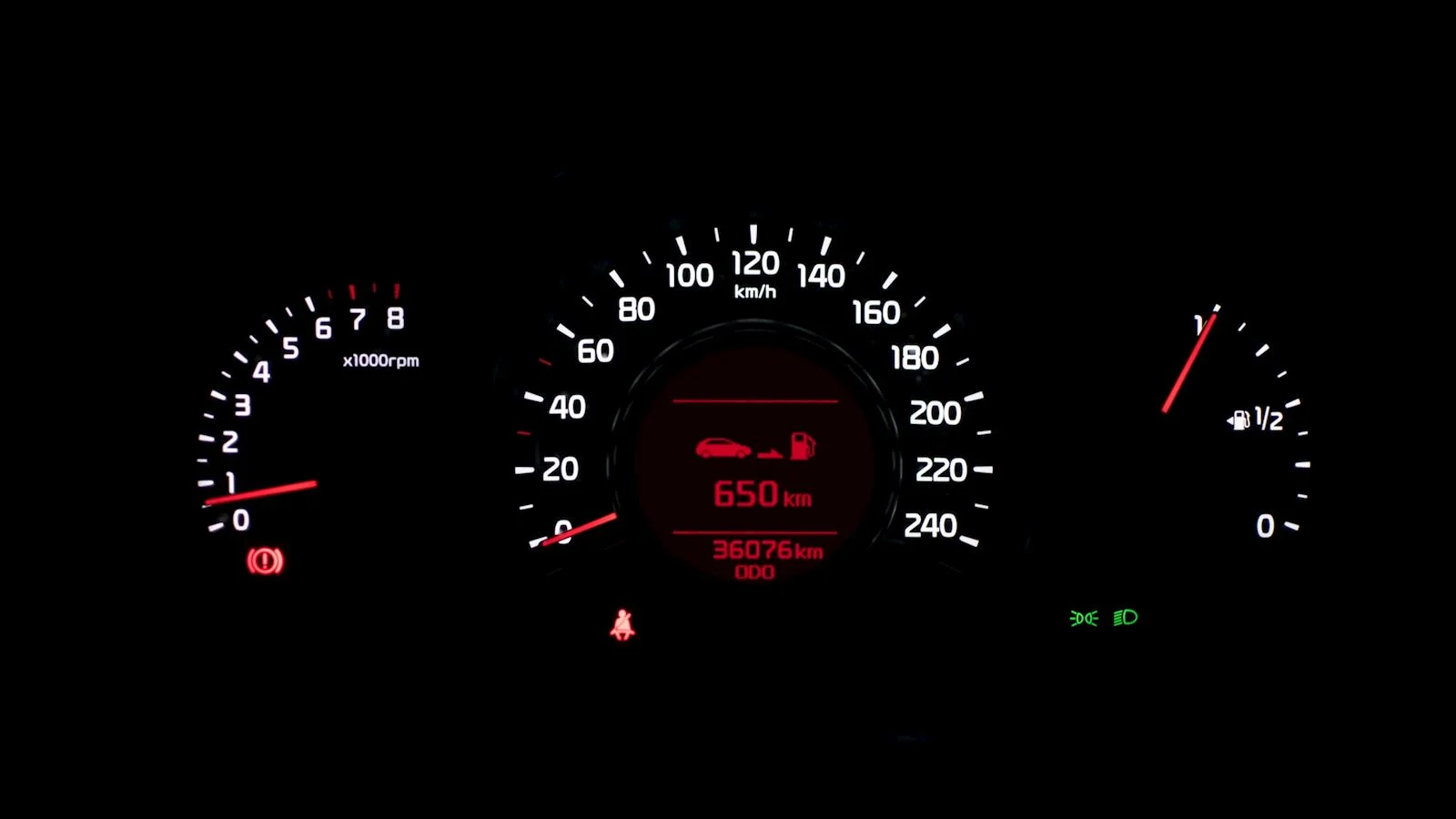Catalytic converter theft is a crime that has surged in recent times, leaving vehicle owners grappling with the aftermath of this brazen act. As precious metals in catalytic converters have become more valuable, these exhaust system components have become prime targets for thieves seeking quick profits. In this article, we aim to equip you with the knowledge and tools necessary to safeguard your vehicle and navigate the challenging scenario of catalytic converter theft. From recognizing the telltale signs of theft to understanding its impact on insurance rates, we’ll explore every facet of this issue, empowering you to protect your investment and peace of mind.
Detecting Catalytic Converter Theft

How to Tell If Your Catalytic Converter Is Stolen
When you suspect that your catalytic converter might be stolen, the first step is a visual inspection. Look under your vehicle where the catalytic converter is typically located. If it’s missing, there will be a noticeable gap in your exhaust system. In some cases, the thieves might not fully remove the converter but could have partially cut it, so be vigilant for any visible damage or signs of tampering. If the converter is missing or appears to have been tampered with, it’s crucial to take action promptly, which we will discuss in the section on “What to Do After Discovering Your Catalytic Converter Is Stolen.”

Also Read: 4.7 Dodge Engine Problems: Your Guide to Smooth Driving
Recognizing the Signs of Catalytic Converter Theft
Catalytic converter thieves often leave behind subtle clues. Be on the lookout for signs like unusual scrapes or dents under your vehicle, particularly around the area of the converter. These marks might result from the use of jacks or power tools during the theft. Moreover, if your converter has been forcibly removed, you may notice damage to the surrounding exhaust system components. Unusual noises during startup or acceleration can also be indicative of a compromised converter. Understanding these signs is crucial to identifying a potential theft attempt and acting swiftly to prevent further damage.
Will Your Car Start If the Catalytic Converter Is Stolen?
Contrary to popular belief, your car can still start if the catalytic converter is stolen. The catalytic converter primarily helps reduce emissions, and its absence doesn’t prevent the engine from running. However, driving without a catalytic converter can have several implications. It may cause your vehicle to run poorly, emit more pollutants, and result in decreased fuel efficiency. More importantly, your vehicle might fail an emissions test if the converter is missing. So, while your car will start, its performance and emissions will likely be negatively affected, and you should address the issue promptly.
What Does Your Car Sound Like If the Catalytic Converter Is Stolen?

When a catalytic converter is stolen or compromised, your car’s engine can produce distinct noises. Without the converter’s sound-dampening effects, the exhaust gases flow more freely, resulting in louder exhaust sounds. Your vehicle may produce a deeper, more growling noise, often likened to a sportier exhaust note. This sound is a clear indication that something is amiss with your exhaust system. It’s essential to listen for these unusual noises, as they may suggest catalytic converter theft or damage.
Can a Car Run with a Bad Catalytic Converter?
If your catalytic converter is merely malfunctioning but not completely stolen, your car can still run. However, driving with a bad catalytic converter can have adverse effects on your vehicle. A malfunctioning converter can lead to poor engine performance, reduced fuel efficiency, and increased emissions. Additionally, your car may fail emissions tests, making it illegal to drive in some areas. It’s crucial to address any issues with your catalytic converter promptly to ensure your vehicle runs optimally and meets environmental regulations.
Preventing Catalytic Converter Theft
How to Check If Your Catalytic Converter Is Stolen
The fear of catalytic converter theft has prompted many vehicle owners to periodically check their cars to ensure the converter is still in place. Here’s how you can perform a thorough check:
- Visual Inspection
Start by looking underneath your vehicle. Locate the catalytic converter, which is usually situated in the exhaust system. It’s a cylindrical or oval-shaped component that connects to the exhaust pipe. Ensure there is no visible gap or space where the converter should be.
- Listen for Unusual Noises
Turn on your car and listen for any unusual exhaust noises. Missing or damaged catalytic converters can result in a louder and more growling exhaust sound, as discussed earlier in the article.
- Check for Dashboard Warning Lights
Some vehicles may have sensors that monitor the performance of the catalytic converter. If your catalytic converter is compromised, you might see a “Check Engine” light illuminated on your dashboard.
- Examine for Fresh Tool Marks
Thieves might use tools like reciprocating saws or grinders to cut the converter from the exhaust system. Check for fresh tool marks or signs of forced entry near the exhaust system.
Regular checks can help you catch any issues early, preventing further damage and possibly deterring thieves who are discouraged by vigilant vehicle owners. If you find any signs of theft or tampering, report it to the authorities and your insurance company.
Does Painting Your Catalytic Converter Prevent Theft?

Painting your catalytic converter is a common DIY method some vehicle owners consider to deter theft. While painting may make your converter less attractive to thieves, it is not a foolproof solution. Here are some points to consider:
- Visual Deterrent
Painting your catalytic converter with high-temperature, heat-resistant paint can make it less appealing to thieves. The brightly colored paint can draw attention and potentially discourage theft.
- Temporary Deterrent
While painting can deter some opportunistic thieves, determined professionals may still go ahead with the theft, as paint can be quickly removed or painted over.
- Not a Guarantee
Painting is an additional layer of security but should not be your sole prevention method. Consider combining it with other security measures discussed later in this section for more effective protection.
Which Cars Are Least Likely to Have Their Catalytic Converters Stolen?

Certain vehicle models are less likely to be targeted by catalytic converter thieves due to factors like ground clearance, design, and the type of catalytic converter used. If you’re in the market for a new vehicle or considering additional security measures, you might want to consider:
- High Ground Clearance
Vehicles with higher ground clearance, such as SUVs and trucks, are less vulnerable to converter theft because thieves can’t access the converter as easily.
- Hybrid and Electric Vehicles
Many hybrid and electric vehicles use different types of catalytic converters or don’t have them at all. This makes them unattractive targets for thieves.
- Vehicles with Factory Security Features
Some newer models come equipped with security features designed to deter theft. These may include shields or cages around the converter.
- Consider Aftermarket Security Devices
If you own a vehicle that’s more susceptible to theft, you can invest in aftermarket security devices designed to protect your catalytic converter. These devices can include shields, clamps, or alarms that trigger when the vehicle is tampered with.
Can You Replace a Stolen Catalytic Converter with a Straight Pipe?

Replacing a stolen catalytic converter with a straight pipe is a controversial and often illegal practice. A straight pipe is essentially a section of exhaust tubing that bypasses the catalytic converter. Here are some key points to consider:
- Legal Implications
In many regions, replacing a catalytic converter with a straight pipe is illegal due to environmental regulations. It can result in fines and the inability to pass emissions tests.
- Performance and Emissions
Removing the catalytic converter can lead to increased emissions and reduced engine performance. It’s not recommended from an environmental or performance standpoint.
- Safety
Catalytic converters also serve as a safety feature by reducing the risk of exhaust gases entering the passenger compartment. Removing it can pose health hazards.
Instead of replacing a stolen catalytic converter with a straight pipe, it’s advisable to seek a legal replacement from a professional mechanic.
How Many Catalytic Converters Does a Car Have?
The number of catalytic converters in a vehicle can vary depending on the make and model. Most vehicles have one or two catalytic converters, with the most common configurations being:
- Single Converter
Many smaller and older vehicles have a single catalytic converter in their exhaust system. This converter is typically located closer to the engine.
- Dual Converters
Larger vehicles, particularly those with V6 or V8 engines, often have two catalytic converters. These are positioned at different points along the exhaust system to effectively reduce emissions.
The number of converters is determined by the vehicle’s design and emissions requirements. In the case of theft, it’s important to identify which converter has been stolen or damaged for accurate repairs or replacements.
Dealing with Catalytic Converter Theft
What to Do After Discovering Your Catalytic Converter Is Stolen
Discovering that your catalytic converter has been stolen can be distressing, but taking prompt and appropriate action is crucial:
- Ensure Safety
If you discover theft in a public place, ensure your personal safety first. Be cautious of any potential thieves still in the vicinity and contact law enforcement if needed.
- Document the Scene
Take photographs and make detailed notes of the scene. This can include documenting any tool marks, the condition of your vehicle, and the area where the theft occurred. These records may be valuable for insurance claims and police reports.
- Contact the Police
Report the theft to your local law enforcement agency. Provide them with the information you’ve collected, including photographs and descriptions of any suspicious individuals or vehicles in the area.
- Notify Your Insurance Company
Inform your insurance company about the theft. Your comprehensive insurance coverage typically includes theft-related damage. Be prepared to provide any documentation the insurance company requires.
- Consider Preventative Measures
To prevent future thefts, you might want to invest in catalytic converter security measures, such as shields, cages, or alarms. Discuss these options with your insurance company to potentially lower your premiums.
The Impact on Your Insurance Rates
When your catalytic converter is stolen and you file an insurance claim, you might wonder how it will affect your insurance rates. Here are some key points to consider:
- Comprehensive Coverage
Theft-related damage, including stolen catalytic converters, is typically covered under comprehensive insurance. This coverage is optional, and its cost is separate from your liability and collision coverage.
- Claim History
Filing a comprehensive insurance claim due to a stolen catalytic converter will be recorded in your claim history. Repeated claims can lead to increased insurance premiums.
- Deductibles
Remember that comprehensive coverage often comes with a deductible. You will need to pay this deductible before your insurance covers the remaining cost of the theft-related damage.
- Discuss with Your Insurer
It’s advisable to discuss the specifics of your policy and the potential impact on your rates with your insurance provider. They can provide you with insights into how a claim may affect your premiums.
Keep in mind that while filing a claim for a stolen catalytic converter might increase your rates, the financial relief from the insurance payout can significantly offset the cost of replacing the converter.
Will Removing a Catalytic Converter Harm Your Engine?
Removing a catalytic converter can have consequences for your vehicle’s engine and emissions system. Here’s what you need to know:
- Engine Performance
In some cases, removing the catalytic converter can improve engine performance, as it reduces exhaust system restriction. However, this may result in a louder exhaust note and increased emissions.
- Emissions
Catalytic converters play a crucial role in reducing harmful emissions. Without a catalytic converter, your vehicle will emit more pollutants into the environment, contributing to air pollution.
- Legal Implications
In many places, removing or tampering with the catalytic converter is illegal due to environmental regulations. It can lead to fines and the inability to pass emissions tests.
- Health and Safety
Catalytic converters also act as a safety feature by reducing the risk of exhaust gases entering the passenger compartment. Removing it can pose health hazards.
If you’re considering removing your catalytic converter for performance reasons, consult with a mechanic and be aware of the legal and environmental consequences.
Steps to Take for Engine and Emission System Health
If your catalytic converter is stolen or compromised, it’s essential to take specific steps to ensure your vehicle’s engine and emissions system remain in good condition:
-
Replace the Converter
The most important step is to replace the stolen or damaged catalytic converter. A mechanic can help you find a suitable replacement that complies with emissions regulations.
-
Emissions Test
After replacement, it’s a good idea to have your vehicle undergo an emissions test to ensure it meets regulatory standards.
-
Exhaust System Inspection
Have a mechanic inspect your entire exhaust system for any damage or signs of tampering. This includes checking for leaks, damaged sensors, and exhaust hangers.
-
Oxygen Sensors
Consider replacing oxygen sensors if they were damaged during the theft. Faulty oxygen sensors can affect engine performance and emissions.
-
Security Measures
To prevent future theft, invest in catalytic converter security devices, such as shields or cages, which can be installed by a professional mechanic.
-
Regular Maintenance
Keep up with regular vehicle maintenance to ensure optimal engine and emissions system performance. This includes changing the oil, spark plugs, and air filters as recommended by your vehicle’s manufacturer.
Legal Aspects and Reporting the Theft
Dealing with catalytic converter theft involves several legal aspects:
- Environmental Laws
Many regions have stringent environmental laws that make it illegal to tamper with or remove catalytic converters. Violating these laws can result in fines.
- Reporting the Theft
Reporting the theft to law enforcement is crucial. It helps authorities track and combat this type of crime. Provide as much information as possible, including witness accounts, security camera footage, and any evidence of the theft.
- Working with Your Insurance Company
Your insurance company will guide you through the process of filing a claim. Be prepared to provide all necessary documentation, including police reports and photographs of the scene.
It’s important to adhere to legal requirements and report the theft promptly to minimize potential legal consequences and ensure a smoother claims process with your insurance company.
Conclusion
Catalytic converter theft is a crime that can happen to anyone, but with the knowledge and precautions outlined in this article, you can significantly reduce your risk of becoming a victim. In addition, you now understand how to detect theft, protect your vehicle, and manage the aftermath effectively. Remember, vigilance and proper maintenance can go a long way in safeguarding your vehicle and minimizing potential financial burdens. By staying informed and taking the necessary steps, you can drive with peace of mind, knowing that your catalytic converter is secure from the grasp of would-be thieves.




